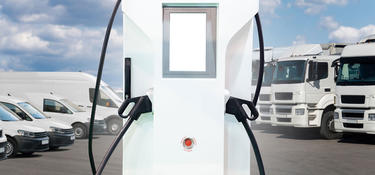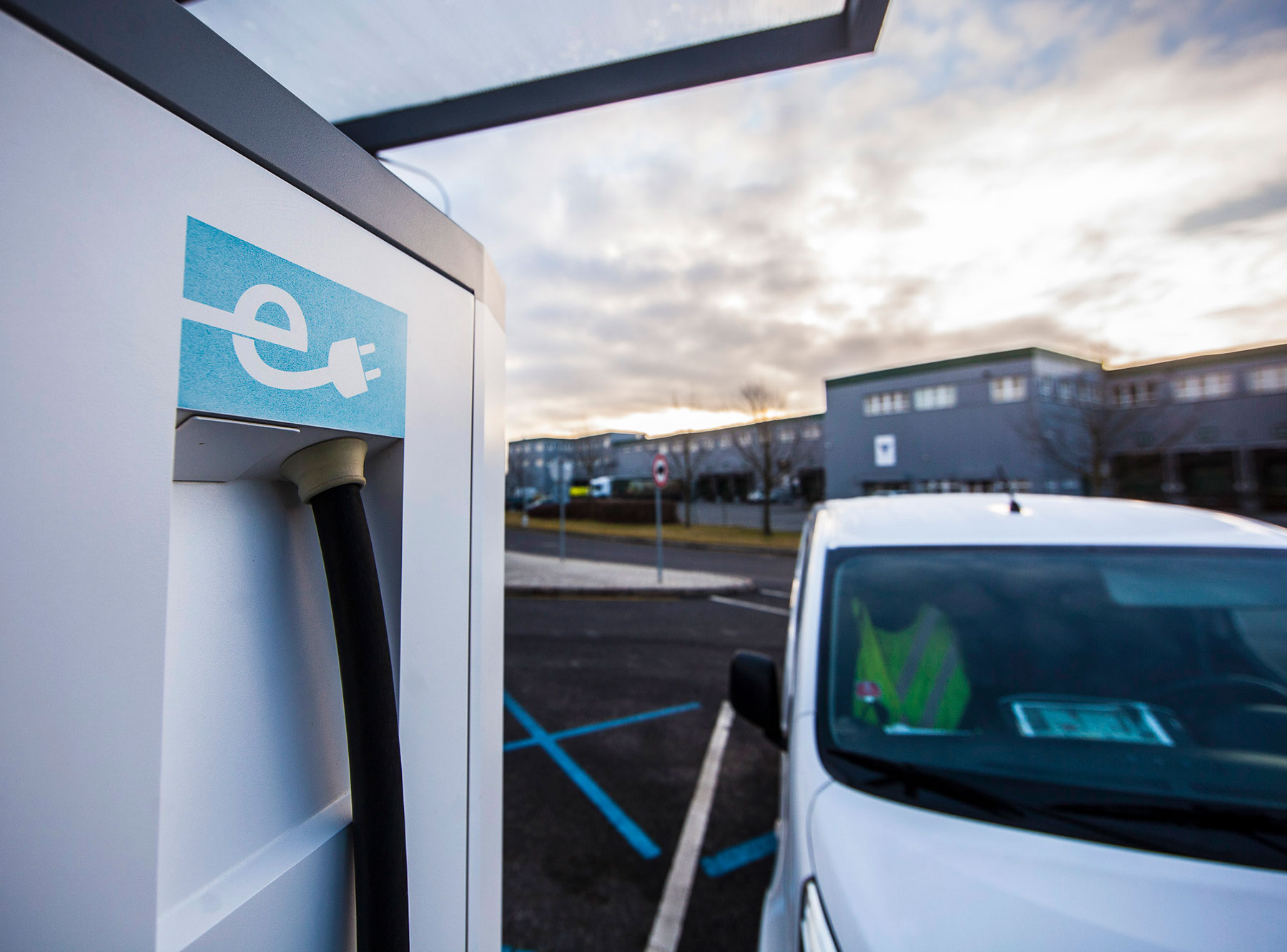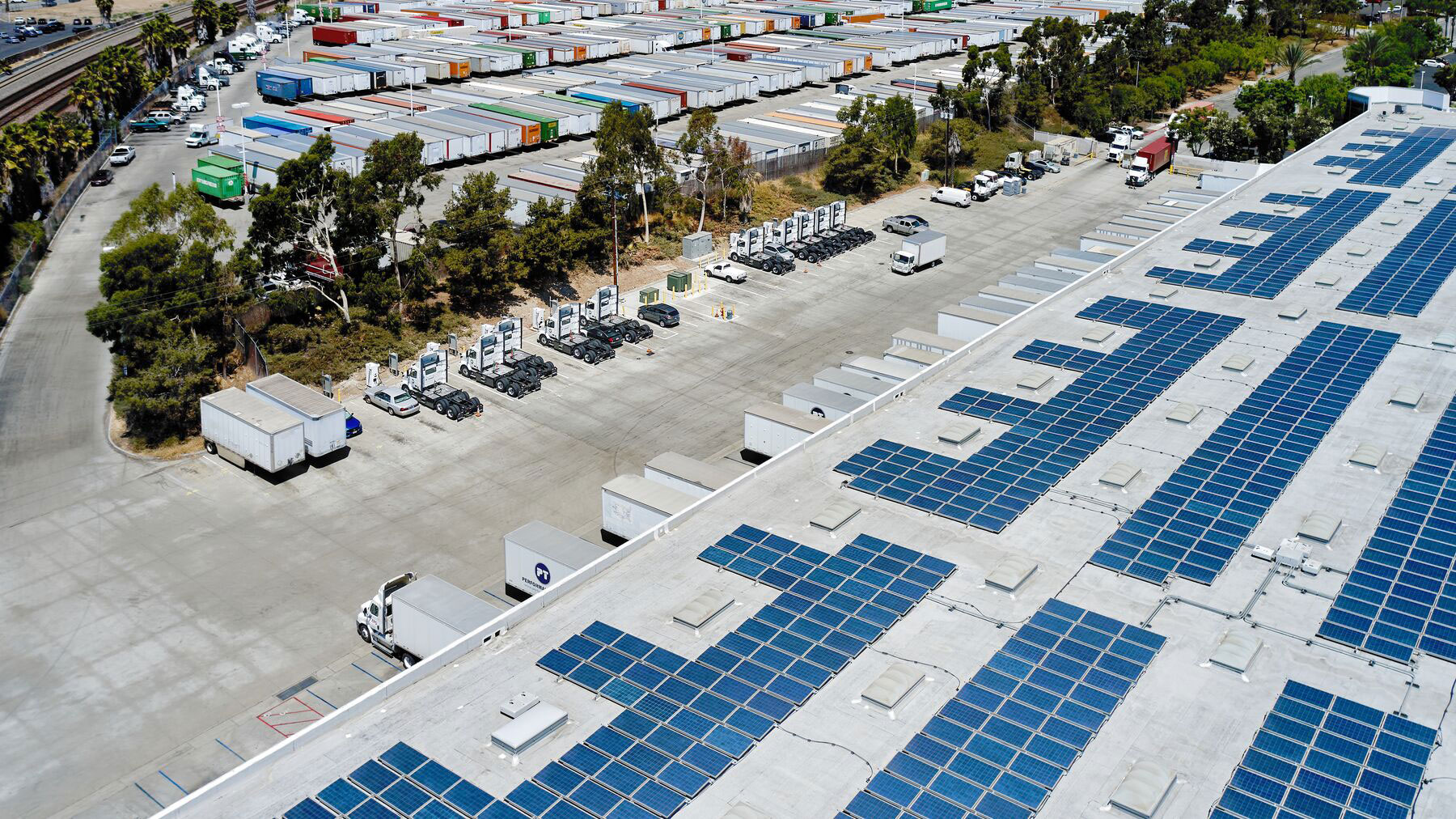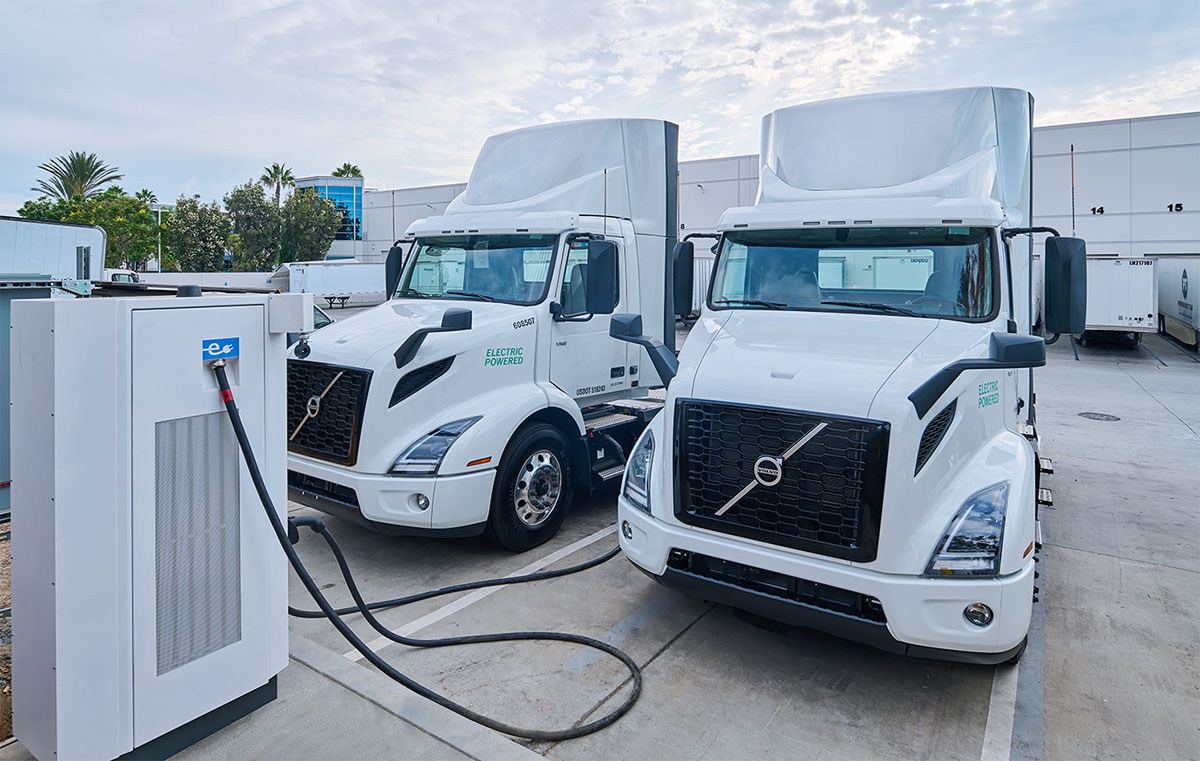Driver training and support
Challenge 6: Driver training and support is often neglected, which hinders momentum and success.
Solution: For a seamless transition, a well-trained workforce is paramount. Training involves a sound understanding of the general operation of equipment, range management, charging protocols and lithium-ion battery handling, among other skills. As equipment and vehicles continue to evolve and improve, there will be a need for ongoing training. The time spent on training pays off: EV fleets help increase driver satisfaction and retention because electric vehicles are significantly quieter, and drivers are exposed to fewer emissions while idling.
While the transition to EV fleets is complex, it significantly advances us towards an efficient and decarbonized supply chain future. When you understand the common challenges involved and implement effective solutions, your business can overcome hurdles and experience a smooth electrification process. Collaborate with a reputable partner, plan carefully and stay informed about regulatory changes and you’ll be on track. With the right approach and commitment, you can embrace zero-emissions transportation and achieve your goals with resounding success.
Prologis delivers custom end-to-end mobility solutions and is your dedicated fleet electrification partner. From project design to installation, grid connection and ongoing operations, we’re committed to delivering quality, scale and reliability at every turn. Learn more about Prologis Mobility Essentials' comprehensive platform.






